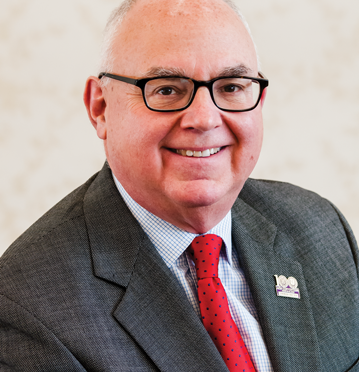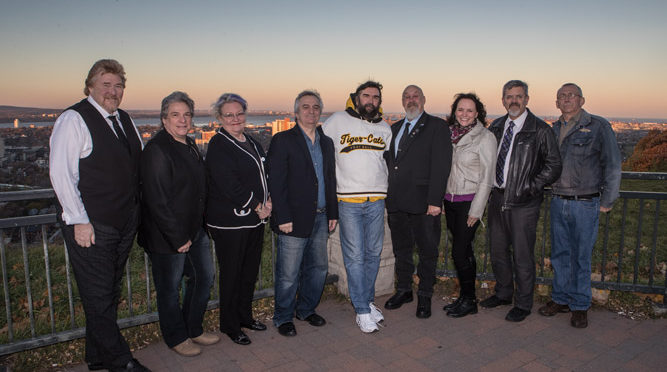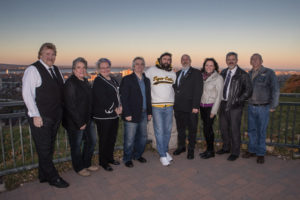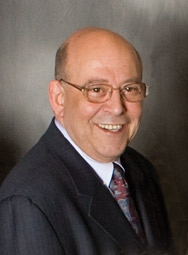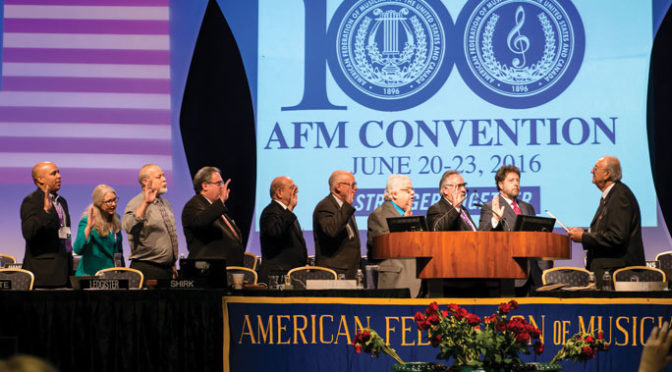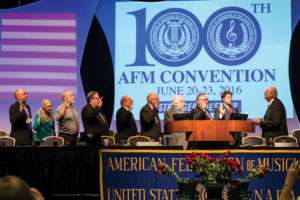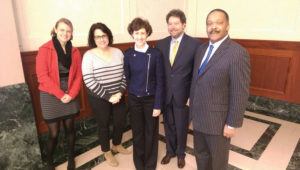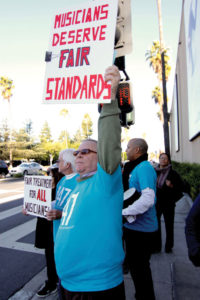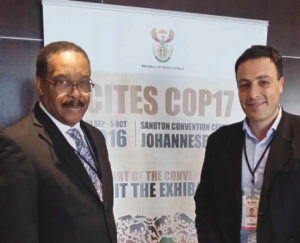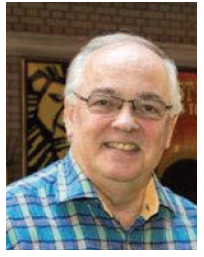Pour la version française cliquez ici
Since the writing of this column, the parties have successfully negotiated a successor agreement.
The 2017 edition of the East Coast Music Awards is scheduled for April 26-30, with the host city being Saint John, New Brunswick. During those five days, the city will be immersed in music in every venue, culminating with the gala award event Sunday night. However, in early December, the East Coast Music Association (ECMA) was placed on the AFM’s Unfair List by the Canadian Office.
The ECMA and the AFM had enjoyed a long, mutually beneficial relationship, with the signing of the first agreement in the mid-1990s. Contracts that included pension were always in place for sponsored showcases, events, and the awards show. The AFM would often sponsor an award, and was omnipresent every year with an informational booth, workshops, and seminars on topics of interest to musicians embarking on careers in music.
Two years ago, something changed. The ECMA refused to come to the table and renew the agreement. Although the broadcaster of the awards show signed a letter of adherence, the showcases and other events were not under AFM contract.
Without the renewed agreement and/or a properly executed AFM contract in place, there could be no pension contributions. In addition, recording was rampant and streamed both during the week and well after.
CFM representatives met with four members of the ECMA board in October. It became clear, after considerable dialogue, that a reasonable fee for the musicians was not the issue. Having the “union” involved was, for all the philosophical reasons.
In many of our agreements, including this one, a temporary membership permit (TMP) is required to be deducted from the fees of nonmembers. It seems this became a bone of contention. In Canada, this is an application of the RAND formula, under which nonunion employees have a portion of their wages deducted as their share of servicing the CBA under which they are working.
Using this formula allows a temporary member to be listed on the contract with members, and receive exactly the same services and benefits for the same classification of service, for the duration of the gig. This includes pension and any ensuing residuals, such as New Use. In addition, the TMP fee can be credited toward membership for one calendar year.
If the musician does not take advantage of the credit, those fees find their way back into the music community, through the host local’s outreach at seminars and informational meetings, as well as the sponsorship of awards.
There have been some developments in this rather unfortunate situation, as the ECMA board has contacted our office and agreed to sit down to bargain a successor agreement. Negotiations will take place in Halifax January 18 and 19, with January 20 as a backup date.
It’s our sincere hope that we are successful, the musicians’ performances are protected and properly remunerated, and the CFM and ECMA can once again join forces as partners in the effort to bring East Coast music to the world, and for the world to recognize the musicians that make this truly unique sound.





